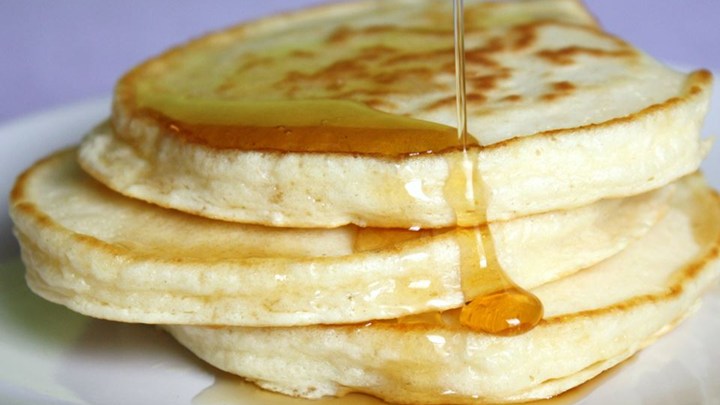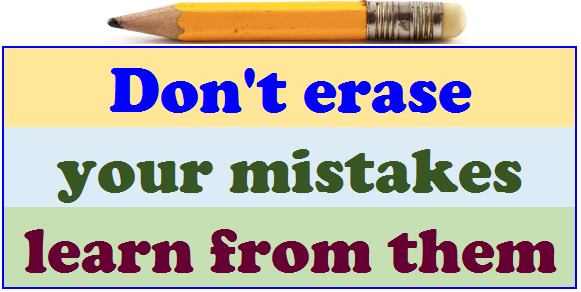 |
Old Fashioned Pancakes
|
There are many examples for ratios and proportions in real life such as:
- To make 8 pancakes, a recipe calls for 1 ½ cups of flour. How much flour is used for 20 pancakes?
- Turkey must be cooked for 30 minutes per 1 kg. How long would you have to cook a 5 kg turkey for?
- Mom uses 2 cups of sugar to make 30 butter cookies. She has five cups of sugar in her sugar canister. How many cookies can she make?
- A babysitter was paid $112 for 8 hours of work. How much would the babysitter receive for working a 36 hour week?
- It takes 620 brick to build 100 square feet of wall. How many square feet of wall can be built with 5000 bricks?
- A builder mixes 1 part of cement with 2 parts of sand and 3 parts gravel. If 6.3 cubic yards of sand are used, how much cement is needed for the mixture?
- Dads can get 23 miles to the gallon in his car. How many gallons of gas will it take her to drive 320 miles to visit our grandmother?
- Dad car gets 23 miles/gallon and his gas tank holds 15 gallons. How far can he go on a tank of gas?
- Five pounds of grass seed covers 120 square feet. Our lawn is 900 square feet. How much seed do we need?
- I can mow the lawn of a house in 3.5 hours. . How long will it take to mow 6 lawns?
- A nurse gives a patient her 3 shots during a 12-hour shift. How many shots would the patient receive in a 48 hour period?
- If students write their own word problems they will learn how word problems are constructed, develop their reasoning skills, and make connections between math concepts and the real world.

